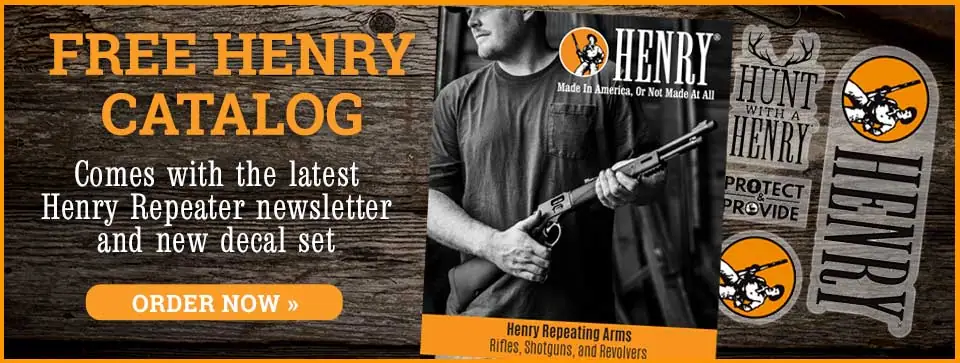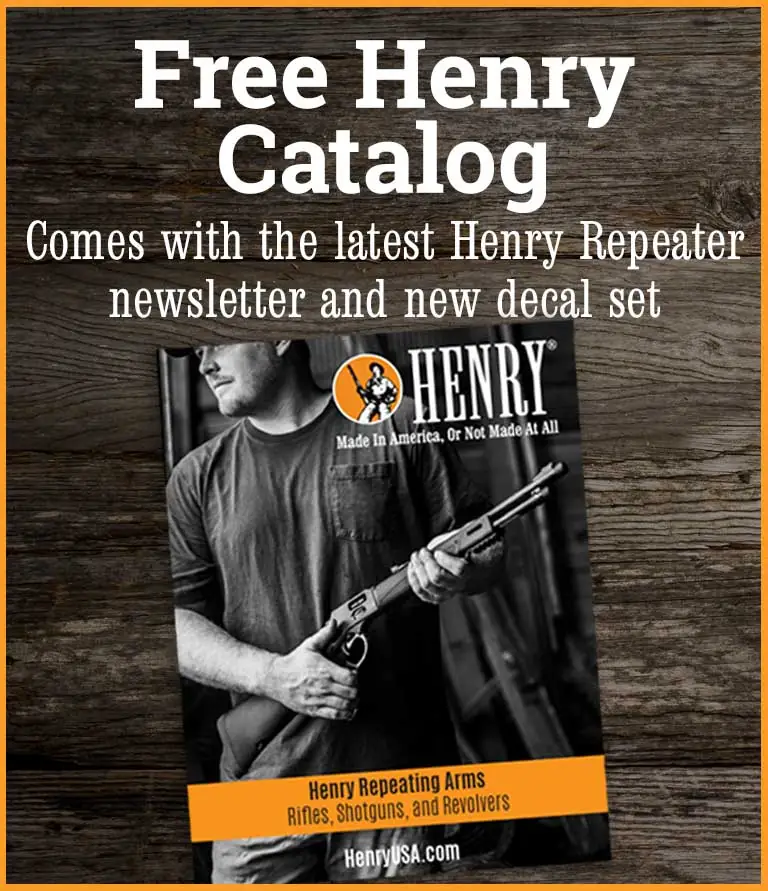When the Hunting was Bad
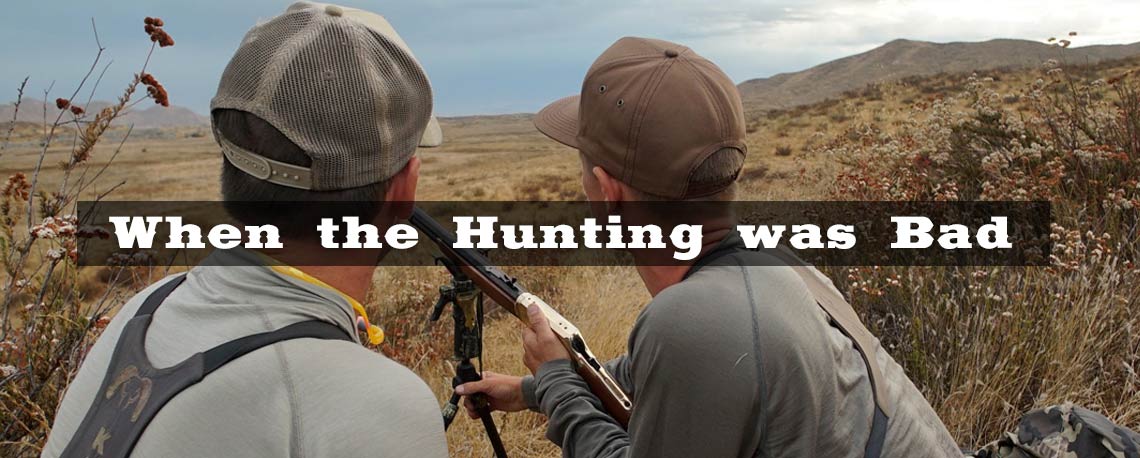
Parts of the story within this article literally came off the bumper of a lorry (commercial truck) driving down a sealed road in Zambia, Africa. Painted on that bumper were the words “When the Hunting was Bad”. Sadly, these five short words sum up the Henry Rifle Africa Project / HRAP. After long conversations with Andy Wickstom, the General Manager of Henry Repeating Arms, the plan of HRAP was to put a Henry Brass lever action rifle chambered in 45/70 into southern Africa for the purpose of hunting medium and large game.
If you do some quick research on the ballistics of the original 45/70 cartridge that the US military introduced in 1873, you will not be all that impressed if you plan on hunting big game with it. Your potential survivability factor if you are hunting Cape Buffalo or Hippopotamus, and only wound one of those very dangerous animals would be questionable. The original Springfield trapdoor, single shot rifles could not take the pressure of some of the modern 45/70 ammo on today’s market.
The Henry Repeating Arms Brass lever action 45/70 rifle can handle the much higher pressures of the new, improved 45/70 ammo. Tim Sundles of Buffalo Bore Ammunition signed on board the HRAP from the very beginning days of the project and provided 45/70 ammo in various bullet weights and ballistic capabilities, to include some of his 45/70 Magnum ammunition.
To make sure the Henry Brass 45/70, Model H010B, that was headed to Africa was in top performing, hunting readiness, PH Swanepoel test fired the rifle with Buffalo Bore ammo and remarked to me about the positive functionality and the accuracy of that Henry rifle right out of the box.
Pete Swanepoel is a professional hunter (PH) and one of the owners of Safaribwana, a hunting, guiding operation based in Zambia, Africa. I found PH Swanepoel online while looking for information from someone who had actually hunted in Africa with rifles chambered in 45/70. I discovered PH Swanepoel lives in the Denver area of Colorado with his family and travels to Zambia to guide hunts.
At first, our phone conversations were about his past successful hunting with the 45/70 cartridge in Africa, but that slowly move on to the idea of PH Swanepoel taking a Henry Brass 45/70 lever action rifle with him to Zambia on his next hunt. Mr. Wickstrom at Henry rifles agreed to provide the Henry and HRAP was born.
Andy Larsson at Skinner Sights provided PH Swanepoel with sights for the Henry Brass lever action 45/70. PH Swanepoel had previously, successfully hunted in Africa with Skinner Sights on his rifle.
So, the combination was established. A Henry Brass lever action rifle chambered in 45/70, Buffalo Bore ammunition was provided and Skinner Sights were added to round out the hunting rifle package that was headed to Zambia.
The first original 1860 Henry lever action rifle was chambered in 44 rimfire and used very successfully in the US Civil War. I contacted the Park Service at the Shiloh National Military Park to ascertain if Henry rifles were present on 5&6 April 1862 when the Battle of Shiloh was fought. A lengthy e-mail letter describing the research they did to answer my question was provided with a negative response to Henry rifles being issued to troops and being used by Union or Confederate units during that battle. The Park Service could not rule out the use in combat at Shiloh by private owners of Henry 1860 lever action rifles.
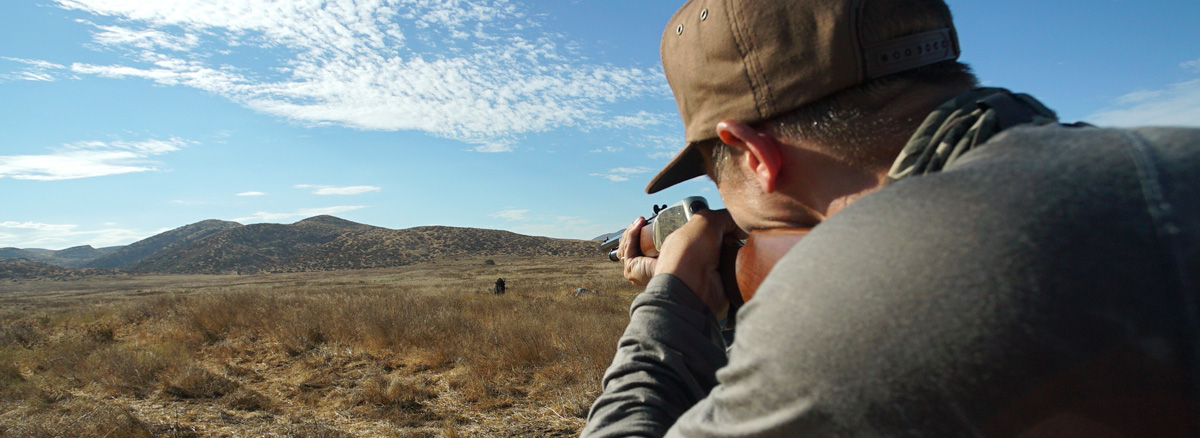
The reason for the Henry rifle, Shiloh battlefield question was because the 6th Arkansas Infantry Regiment of the Confederate States of America fought in that two-day battle. Young Private William H. Stanley, late of the country of Wales and the city of New Orleans, Louisiana saw combat those two days, fighting for the 6th Arkansas with his smooth bore, flintlock musket. Working hard to average three rounds of fire per minute, while the Union troops were trying to kill him. Stanley was later to be known as Sir Henry Morton Stanley, knighted for his service to the British Empire in Africa.
A lever action rifle that used self-contained metal cartridges and fired sixteen times before you need to reload would have been a major advantage to Private Stanley at the Battle of Shiloh. The slowness to return fire may have played a role in why private Stanley was captured at Shiloh and became a prisoner of war, confined in a Union POW camp.
Private Stanley agreed to join the Union Army as a “Galvanized Yankee” but deserted his unit in West Virginia. He traveled back to Wales for a disastrous family reunion, then returned to the US and joined the Union Navy. After a short service in the Union Navy, he deserted and jumped ship for adventures as a journalist in the American West. Private Stanley is perhaps the only person that volunteered to serve in the Confederate Army, the Union Army and the Union Navy, without successfully completing any of his agreed-upon enlistments.

Doctor Livingstone I presume?
In 1871, now working as a newspaper reporter for the New York Herald, Henry Morton Stanley set out for southern Africa to find the internationally known, but long missing, Scottish physician, missionary, and explorer Dr. David Livingstone. Upon finding Dr. Livingstone on 10 November 1871 in what is today Tanzania, Stanley is alleged to have made the now famous statement “Doctor Livingstone I presume?”
Having had real-life combat experience and betting his life on the use of muzzleloading single shot rifles, Stanley acquired an 1860 Henry lever action rifle as one of the firearms he took to Africa. He could not persuade Dr. Livingstone to leave Africa with him and return to England. Dr. Livingstone was destitute with basically the clothes on his back when Stanley found him. Stanley tried to resupply Dr. Livingstone as best he could from his own supplies prior to leaving for England to write his story of finding Dr. Livingstone alive in southern Africa.
Henry Morton Stanley left his Henry lever action rifle and 1500 rounds of 44 caliber ammunition with Dr. Livingstone. Whatever happened to the Henry rifle no one officially knows. That 1860 Henry rifle was lost to history.
Henry Repeating Arms manufactures a current production of the 1860 Henry Rifle. It is known as the New Original Henry and was first chambered in 44-40. Henry Repeating Arms is now producing their New Original Henry in 45 Long Colt and the action manufactured with modern metals can handle 45 Long Colt Plus P ammunition.
Mr. Anthony Imperato, the President of Henry Repeating Arms, had a special New Original Henry in 45 Long Colt, Model H011C, produced with the serial number HMS1871DRDL. This was for Henry Morton Stanley, in the year 1871 when he found Dr. David Livingstone. The rifle is known as the Livingstone-Henry rifle.
Tim Sundles at Buffalo Bore Ammunition provided some of his 45 Long Colt Deer Grenade ammunition to accompany the Livingstone-Henry rifle on its first and only hunt.
PH Swanepoel agreed to take this one-of-a-kind New Original Henry rifle with him to Zambia, hunt with it and then donate the Livingstone-Henry rifle to the Livingstone Museum. The Livingstone Museum is in the town of Livingstone, Zambia near the famous Victoria Falls.
The problem with the issue of “when the hunting was bad” started at the Zambian customs. PH Swanepoel, after making official arrangements to bring the Livingstone-Henry rifle into the county as a donation to a Zambian State owned museum, was confronted with a $2800 import duty if the Livingstone-Henry rifle was going to stay in-country when PH Swanepoel left to go back to Colorado. There was some suggestion (wink-wink) that if he turned the Livingstone-Henry rifle over to the custom officers they would see that the rifle got forwarded on to the Livingstone Museum.
Once out of PH Swanepoel’s hands there was very little assurance that the Livingstone-Henry rifle would ever see the light of day again. There was also a $4 a round import tariff on each round of ammunition that was brought into Zambia. Whether it is 22LR or 500 Nitro ammunition it was $4 a round.
Sadly both of the Henry rifles that PH Swanepoel brought with him entered Zambia on temporary hunting permits that required the two rifles to leave the country when PH Swanepoel departed.
The current production New Original Henry was taken by PH Swanepoel to the site where Dr. Livingstone died and his heart was first buried before it was removed and returned to England. The HRAP plan was for a photo-op at the memorial site, some game hunting with the rifle and then donate the rifle to the Livingstone Museum, unfortunately only the photo-op happening.
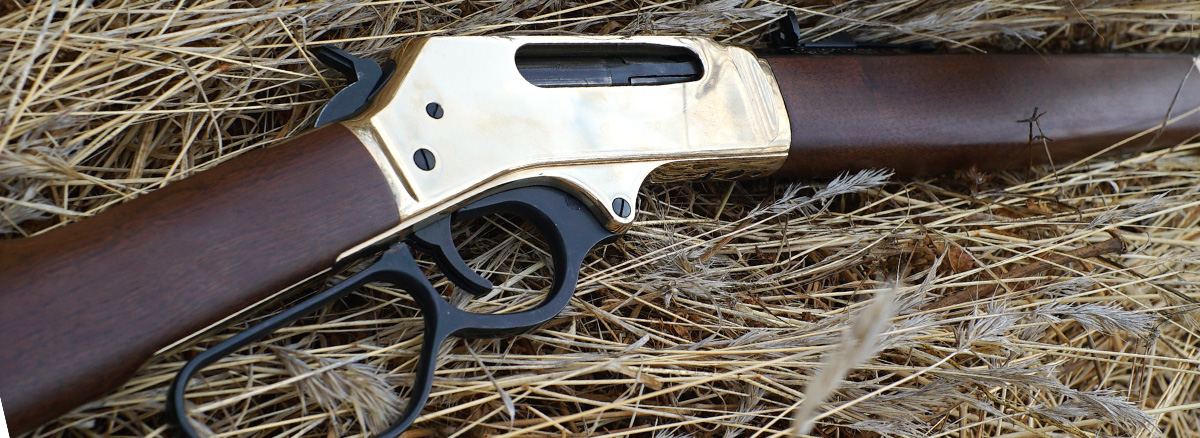
PH Swanepoel moved his hunting safari northeast to the Mpika area in the Muchinga Mountains and to 30,000 acres of land that Safaribwana had acquired. This was land that had been previously set aside for a railroad and so, supposedly there had been no hunting (legal that is) for years on this land. PH Swanepoel and his Safaribwana crew were shocked by the lack of game, but it became ever apparent, very quickly why the game was so scarce–poaching, dreaded scorched earth African poaching.
Shortly after setting up their base camp the gunshots started. Poachers who had been too long unchecked by game enforcement laws were in
PH Swanepoel’s very presence, killing anything that moved, to smoke on campfires to create bushmeat.
A game animal that might cost a foreign hunter a $1000 to buy a hunting tag was being shot with a homemade muzzleloading rifle, smoked in unsanitary conditions and then rushed out to the local community roads and sold for pennies on the dollar as bushmeat to the pedestrian traffic walking by.
The trees on the Safaribwana land were being illegally cut down and turned into charcoal. When the poachers realized PH Swanepoel and his crew, to include game enforcement rangers were present in the area they started bush ground fires with the attempt to destroy the base camp of PH Swanepoel. I assume, with the goal that PH Swanepoel and his group would be scared off. Instead, Pete Sawanepoel used his own vehicles, fuel, and man-hours to assist the game rangers in transporting captured poachers and driving them back to law enforcement incarceration facilities.
There was little to hunt, so when the truck with the “when the hunting was bad” painted bumper went by their vehicles at the end of the trip, is was sadly apropos.
Now a Zambian poacher would not think of stealing a cow and smoking it into bush meat. Cattle in Zambia have real value, you steal a cow and you go to jail and/or pay large fines. So everyone understands the value of a cow, but few care about value of a wild animal. When you see a picture of a poached elephant it is because there is no value to that elephant beyond it tusks and the bushmeat it can be turned into.
If you put a 10 or 20 thousand dollar hunting permit price on it, the animal becomes valuable. Foreign hunters will not only pay the price the state-run hunting listening system requires, they will spend big money, in hard currency to pay for a great hunting experience. An elephant hunt could bring in $35-$40,000 to the country and the local area. That money would spread around to the community and create jobs.
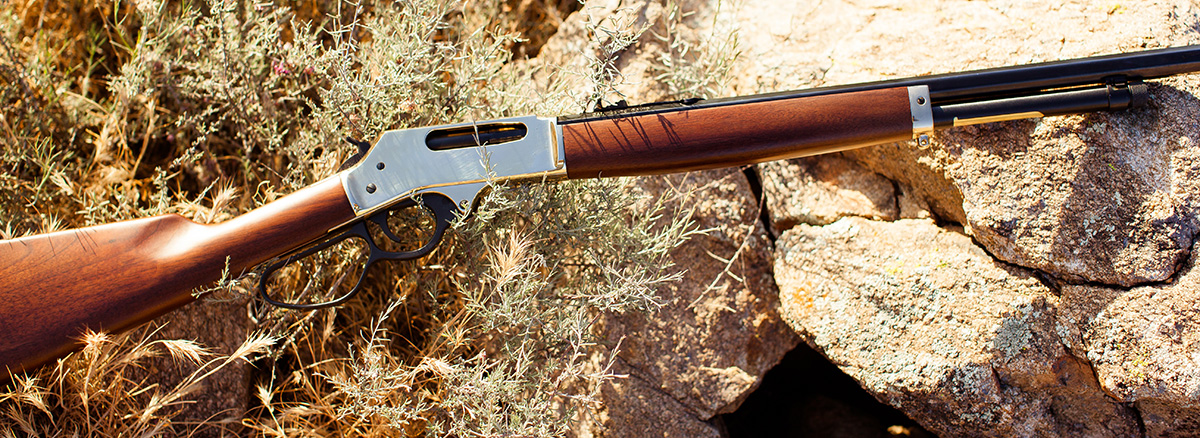
Killing an elephant that has no international value is just bushmeat.
In the US it is the 11 percent excise tax on firearms and ammo that pays for the conservation of wildlife in this country.
Whitetail deer have value in Wisconsin, the second home of Henry Repeating Rifles. Value, for that deer means a state-sanctioned legal hunting season is working for the benefit of the hunters and the support industry. Conservation occurs, financial profit is raised and a quality deer season is generated because of controlled and managed hunting.
Create a marketable value on anything, defend and protect that value through lawful means and people will want to protect that valuable item. Whether it is a home, an education, a human or a wild game animal.
Systematic, pervasive corruption devalues and in some cases completely destroys something that once had understood value. If that valued item is a living thing and it is hunted into scarcity its immediate value is lost. However, the long-term effect is an even more costly loss when reasonable manageable controls fail to occur due to corruption and deliberate criminal neglect.
The right people, the right Henry rifles and the right ammunition went to Zambia to have a positive effect on both past history and the future financial benefits of legal hunting, and both the past and the future suffered.
This is not the end of the story, but it is the end of a sad chapter.
There will be another attempt to get the Livingstone-Henry rifle to the Livingstone Museum. There will be other efforts to get control of the poaching of under-valued wild animals. In the meantime there is still a loss and the question is how large will that loss be.
For now, we simply must deal with “when the hunting is bad.”
 Written by Major Van Harl USAF Ret.
Written by Major Van Harl USAF Ret.
This article was first published on Ammoland.com
Major Van E. Harl USAF Ret., a career Police Officer in the U.S. Air Force was born in Burlington, Iowa, USA, in 1955. He was the Deputy Chief of police at two Air Force Bases and the Commander of Law Enforcement Operations at another. He is a graduate of the U.S. Army Infantry School. A retired Colorado Ranger and currently is an Auxiliary Police Officer with the Cudahy PD in Milwaukee County, WI. He believes “evil hates organization.”



